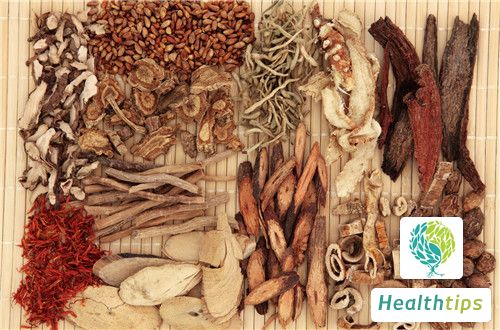Traditional Chinese Medicine has a long and rich history and culture in China. Although Western medicine now occupies half of the medical industry in China, Traditional Chinese Medicine still has good effects on many diseases, especially in daily health maintenance. There are thousands of Chinese medicinal herbs in China, and Fructus Terminaliae Chebulae is one of them. Although it is not a medicinal and edible herb in daily life, it has the effect of clearing heat and detoxifying. Fructus Terminaliae Chebulae is a dry young fruit of the Terminalia chebula Retz. plant in the family Combretaceae. It is commonly known as "Tibetan green fruit" or "West green fruit". It tastes bitter, sour, and astringent, and is neutral in nature. It has the effects of clearing heat, promoting saliva production, and detoxifying, and is used for yin deficiency and white throat.

Plant Morphology: It is a large tree reaching up to 20-30 meters tall. The leaves are alternately arranged or nearly opposite, nearly leathery, elliptical or ovate, 2-16 cm long and 3-8 cm wide. Both sides are nearly glabrous or have fine hairs on the underside when young. The petiole is 1.5-3 cm long, with some rusty short hairs, and sometimes has 2 glands near the top. The conical inflorescence is terminal and composed of several spike-like inflorescences. The inflorescence axis is hairy, and the bracts are strip-shaped. The flowers are bisexual, sessile, with cup-shaped calyxes about 2 mm long and 5 triangular lobes, glabrous outside and hairy inside with brownish yellow hairs. There are no petals, and there are 10 stamens. The ovary is inferior and hairy or glabrous. The drupe is elliptical or nearly ovoid, shaped like an olive, 2.5-3.5 cm long and 2-2.5 cm wide. It is black when ripe and usually has 5-6 blunt ridges.
Origin and Distribution: It grows in sparse forests or sunny slopes at an altitude of 800-1540 meters, distributed in Guangdong, Hainan, Guangxi, Yunnan and other places.
Harvesting and Processing: The unripe young fruits or those blown off by the wind are picked in September to October, briefly boiled in boiling water, and then dried in the sun or by drying.
Medicinal Properties: The dried young fruit is oblong-oval, slightly resembling an olive, with a fruit stalk mark at the lower part. The outer surface is blackish brown with obvious longitudinal wrinkles. It is hard and has an uneven cross-section with a gelatinous luster. The pulp is thick, yellowish green, with an inconspicuous core and slightly hollow. The smaller ones are blackish brown and hollow-free. It has no odor, tastes bitter, astringent, and slightly sweet.
Properties and Indications: It is neutral in nature, with a bitter, slightly sweet, and astringent taste. It belongs to the Lung and Large Intestine meridians. It has the functions of clearing heat, promoting saliva production, relieving sore throat, and detoxifying. It is classified as a heat-clearing and detoxifying herb under the category of heat-clearing herbs.
Clinical Application: It is used in a dosage of 3-9 grams, decocted for internal use. For sore throat, 2-3 fruits are soaked in water for oral administration. It is used to treat chronic pharyngitis, hoarseness, and dry throat.

